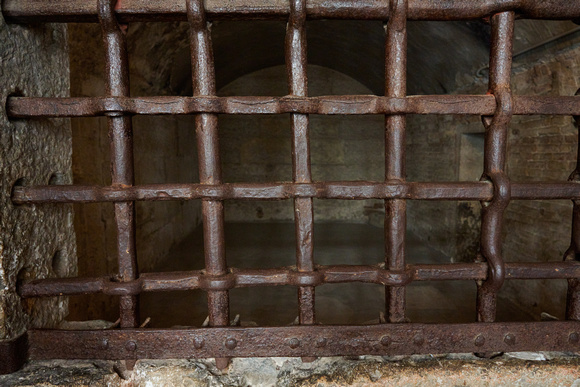Ever heard of the ‘Piombi’ and the ‘Pozzi’? They were the prisons of the Venice Republic, located inside the Doge’s Palace.
The Piombi’s name, ‘lead’ in Italian, refers to the lead covering the roof. In the winter season, this caused the cold to filter through; in the summer time, it attracted the heat. This contributed to making the living conditions for prisoners worse.
These cells were used exclusively for those sentenced by the Council of Ten, which was, from 1310 to 1797, one of the major governing bodies of the Republic of Venice. The Piombi were reserved for those accused of political crimes, those awaiting sentence or those serving short prison terms. They were located directly under the roof.
Prisoners were allowed to walk down the hallway that connected the various cells during their hour ‘outside’.
Perhaps the Piombi’s most famous prisoner,
Giacomo Casanova was one of the very few, along with a renegade priest who fled with him, Father Balbi, to escape the prison in 1756, an event he would later recount in
Story of My Flight, published in 1787.
The Piombi offered worse conditions than the ‘New Prisons’, but better ones than those in the ‘Pozzi’ (wells), the prisons located on the ground floor of the Doge’s Palace. Consisting of damp, tiny cells, barely lit by oil lamps, and ventilated only through round holes in thick stone walls, the Pozzi were truly terrible, as inmates themselves wrote on the walls through desperate messages longing for freedom. In each cell there was a shelf for the few things the detainee could keep and a wooden bucket with a lid to contain human excrement.
The Old Prisons inside the Doge's Palace were later supplemented by the New Prisons, built across the Rio de Palazzo from the palace at the beginning of the 17th century. The New Prisons were connected to the Old Prisons by the much-photographed Bridge of Sighs.


